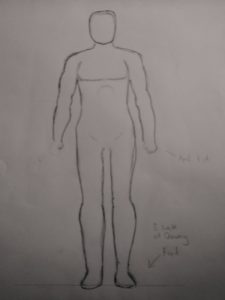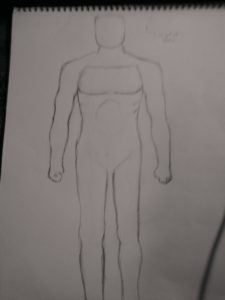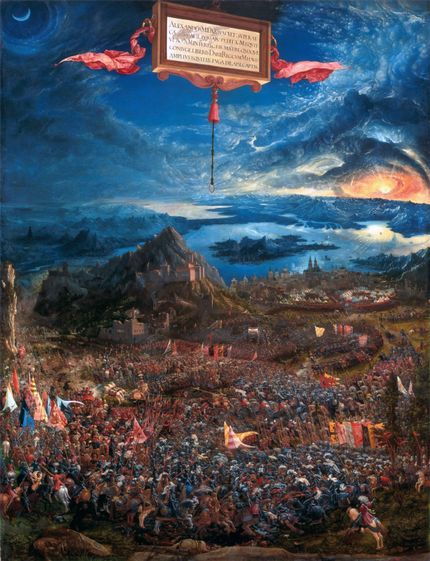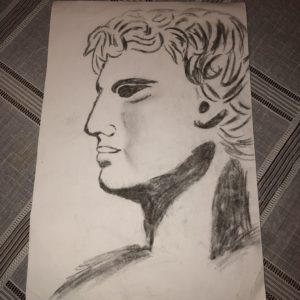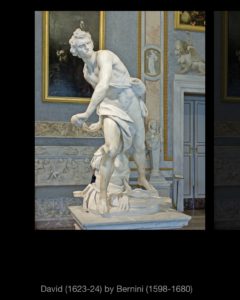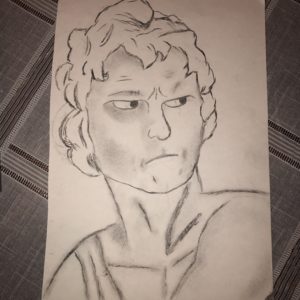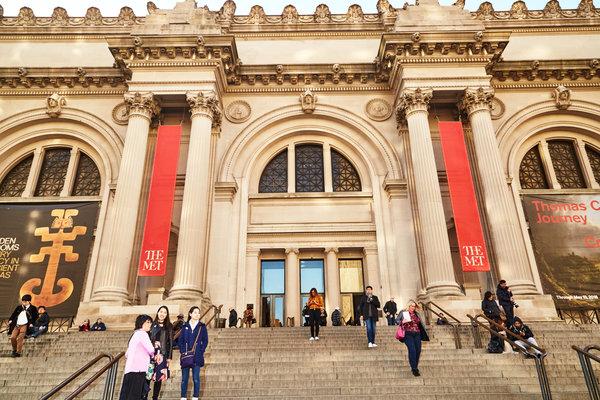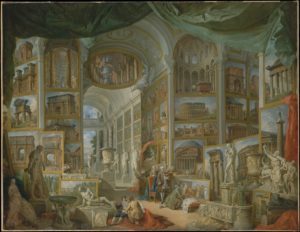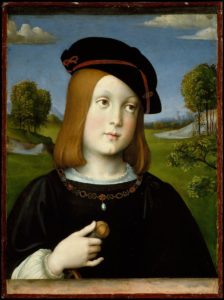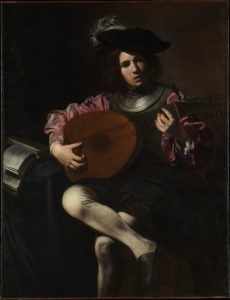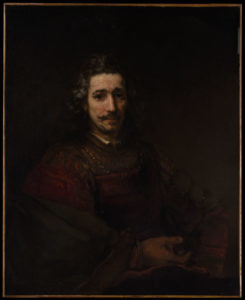If Mesopotamian, Ancient Egyptian, Greek and Roman art were looked together you would be able to identify the change from each other. The form of art depicted ranges from the worshiping of Gods to showing the potential of human beings. Each of these civilizations influences each other which shows change and adaptation in both society and art. First of all, in Mesopotamia one art showing worshiping is the Statue of Gudea in 2150 BCE in Neo Sumeria. The small stone figure is made to be durable and last a while. It can also be seen as a someone with a high status worshiping their religion or praying to a God due to their composure being seated and his hands together with a humble look.

Moving on to Ancient Egypt is another example of worshiping. However, the pharaohs were looked upon as rulers are praised highly. Their social status was at the peak and were known to have a form of communication to the gods. They were the chain which connected the people to the many gods. The statue shown below is Menkaure and Queen 2491-2472 BCE which are the pharaoh and queen standing next to each other. It looks like it has been made through a similar material as the previous art, the Gudea. Their posture shows the superiority and power of the two. They are posed in an ideal posture. Their feet are close to each other while standing up vertically. Their are similarities to Mesopotamia and Egyptian art as seen between these two statues. The stiffness in their poses to the chunky like construction give it’s durability and strength. Also, they are posing as if they were prepared to be frozen in this moment.

One Greek statue that displays a young male is Kuros. The figure is nude, which represents its appreciation of the body in Greek art. The statue shows the physique of a young adult while displaying the softness of a human body at the same time. Kuros is standing straight, facing forward with two feet almost together, meaning the equal distribution of weight of the entire body. The curves in the facial features such as eyebrows and eyelid down to the knee caps resonate to a natural human body.





